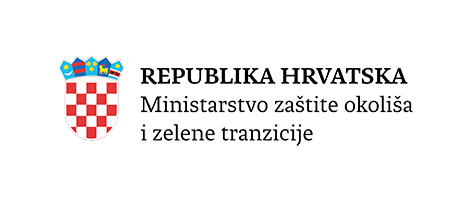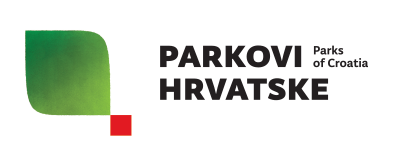A mix of flora, fauna and human action
With the arrival of the tourist train, the Safari Park gate opens and we enter a different world - a mix of flora, fauna and human action. On the right side of the entrance to the Safari Park, ostriches and peacocks proudly strut around, among which completely white albino peacocks stand out.
On the left side of the entrance to the Safari Park, llama is strolling, the South American camel, which differ from the camels we know by a smaller body and a relatively large head that is pressed together, with a pointed snout, large eyes and slender legs with toes that are set apart. Llamas have no hump and are covered with long, thick wooly fur. They live in the high plains of the Cordilleras up to 4500 m above sea level.
The steppe and mountain zebra
The steppe and mountain zebra, received as a gift from Guinea in 1960 and 1961 from Sékou Touré, former president of the Republic of Guinea. In nature, zebras inhabit the mountainous parts of southern and eastern Africa. The zebu or the sacred Indian cow (Bos indicus) was a gift from the Indian statesman and politician Nehru, and it was settled on Brijuni in 1959. This small sacred cow is in fact a dwarfish species of sacred Indian cows and shares all features of the animal, but is smaller in size and less heavy.
Ethno park
The ethno park is an area within the Safari Park presenting a typical Istrian homestead, and the Brijuni administration has enriched it with autochthonous animal species – the Istrian sheep (Istrian "Pramenka"), donkeys and goats. These friendly inhabitants of the Safari Park will cheer everyone up.
 Parks of Croatia
Parks of Croatia
 EU projects
EU projects English
English









































